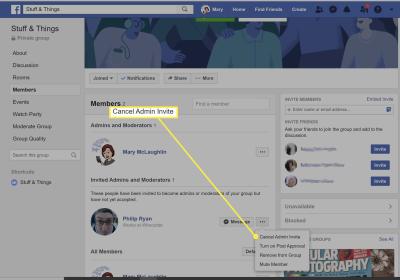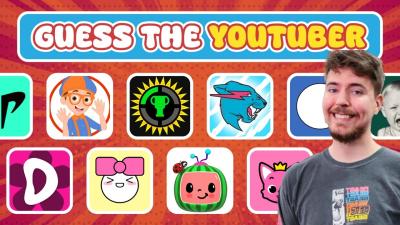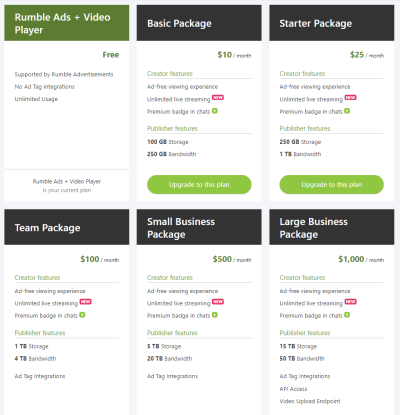YouTube is an incredible platform for sharing and discovering videos, but not every content creator receives unanimous praise. Enter the downvote feature, which allows viewers to express their disapproval of a video. While you might be familiar with the concept, the ability to view downvotes has evolved over time. So, what’s the current state of downvotes on YouTube? Let’s dive into the latest methods and insights for understanding this aspect of the platform!
Understanding YouTube's Rating System
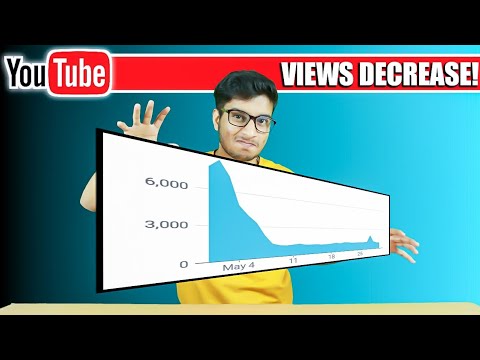
YouTube's rating system primarily revolves around likes and dislikes, a crucial part of viewer interaction. Here’s how it generally works:
- Likes: When you enjoy a video, clicking the thumbs-up button signifies your appreciation. This not only boosts the creator’s morale but also contributes to the video's visibility in search results and recommendations.
- Dislikes: Conversely, the thumbs-down button allows viewers to express their dissatisfaction. While this feedback is valuable for creators trying to improve content, it’s important to know that as of late 2021, YouTube made significant changes to how downvotes are displayed.
Historically, the public visibility of downvotes was a straightforward affair; viewers could see the number of dislikes right under the video. This gave a clear indication of how the community felt about the content. However, in a move that stirred some controversy, YouTube aimed to create a safer environment for creators by hiding the dislike counts from the public. While you can still downvote a video, the total number of downvotes is no longer visible to the general audience.
So, how does this impact creators and viewers? Let’s break it down:
For Creators
While direct feedback through downvotes is less visible, creators can still access the exact number of downvotes through their YouTube Studio dashboard. This means they can track viewer feedback privately and gauge how their content is received. However, the lack of visible downvotes can skew a new viewer’s perception, making it harder for them to gauge the popularity or quality of the video at a glance.
For Viewers
As viewers, you might feel a bit frustrated by the hidden downvote counts. It was a straightforward way to see which videos resonated with audiences negatively. Now, without this number, determining the sentiment around a video might come down to the comment section, which can be misleading. Indeed, even a video with a significant number of dislikes might still contain valuable information.
Are there any methods to view downvotes? While YouTube doesn’t offer a native way to see this information directly, some third-party tools and websites might help analyze trends based on available ratings. But always use caution when entering personal information on external sites.
In conclusion, understanding YouTube's rating system is essential for both creators and viewers. While the direct visibility of downvotes has changed, the underlying importance of audience feedback remains a critical part of the YouTube ecosystem. Embrace the likes and dislikes as tools for better content creation and consumption!
Also Read This: Extracting Audio from YouTube Videos: Tools and Techniques You Should Know
3. Why Downvotes are Important for Content Creators
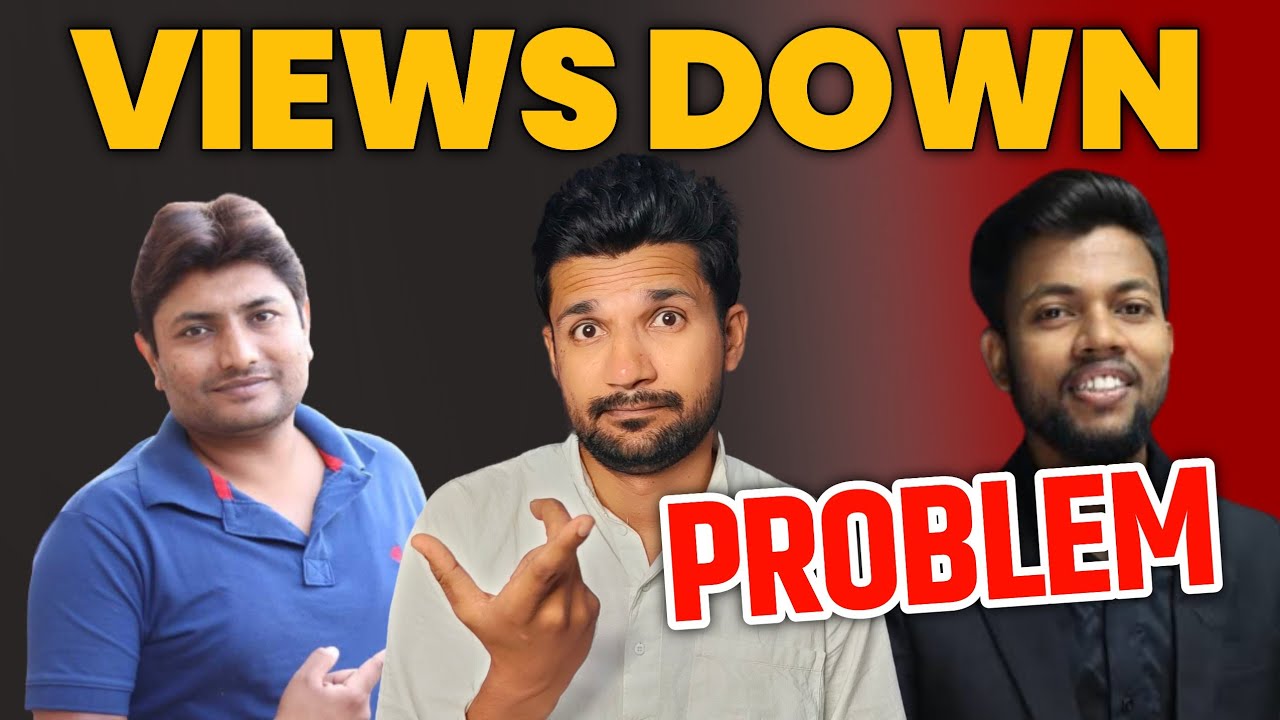
Ah, downvotes on YouTube. They can feel like the dark cloud hanging over an otherwise sunny day, can’t they? But let’s take a step back and consider why they’re actually important for content creators.
First off, downvotes serve as feedback. Just like comments can help you tweak your style or theme, downvotes indicate that certain aspects of your content might not resonate with your audience. Perhaps you went a little too long on a topic or used humor that fell flat. Whatever the case, those downvotes can offer critical insights into your audience's preferences.
- Understanding Audience Engagement: If you notice a bunch of downvotes but also some enthusiastic comments, it may signal that you’ve sparked a conversation—even if it’s a contentious one. This dynamic can be a goldmine for understanding what your viewers love or loathe.
- Quality Control: Sometimes, downvotes can help you maintain the quality of your channel. A sudden spike might indicate a dropped ball somewhere—maybe a rush job or a clickbait title that didn’t deliver. Use this data to refine your approach!
- Algorithm Insights: YouTube’s algorithm pays attention to engagement, including downvotes. By analyzing your downvote trends, you can make better decisions about the type of content you should focus on in the future, helping you reach a broader audience.
Additionally, downvotes can create a balanced feedback loop. The reality is, no content will be universally loved. Embracing criticism—both constructive and otherwise—can foster a more authentic connection with your audience. In the end, creating a space where diverse opinions can be shared is instrumental in your growth as a creator.
Content creators who understand and appreciate the role of downvotes are often the ones who grow the most. Embrace the negativity, learn from it, and keep pushing forward. Because every downvote is a step on the path to making captivating content!
Also Read This: How Much GB Video Can Be Uploaded on YouTube? Understanding Upload Limits
4. Exploring Updated Methods to See Downvotes
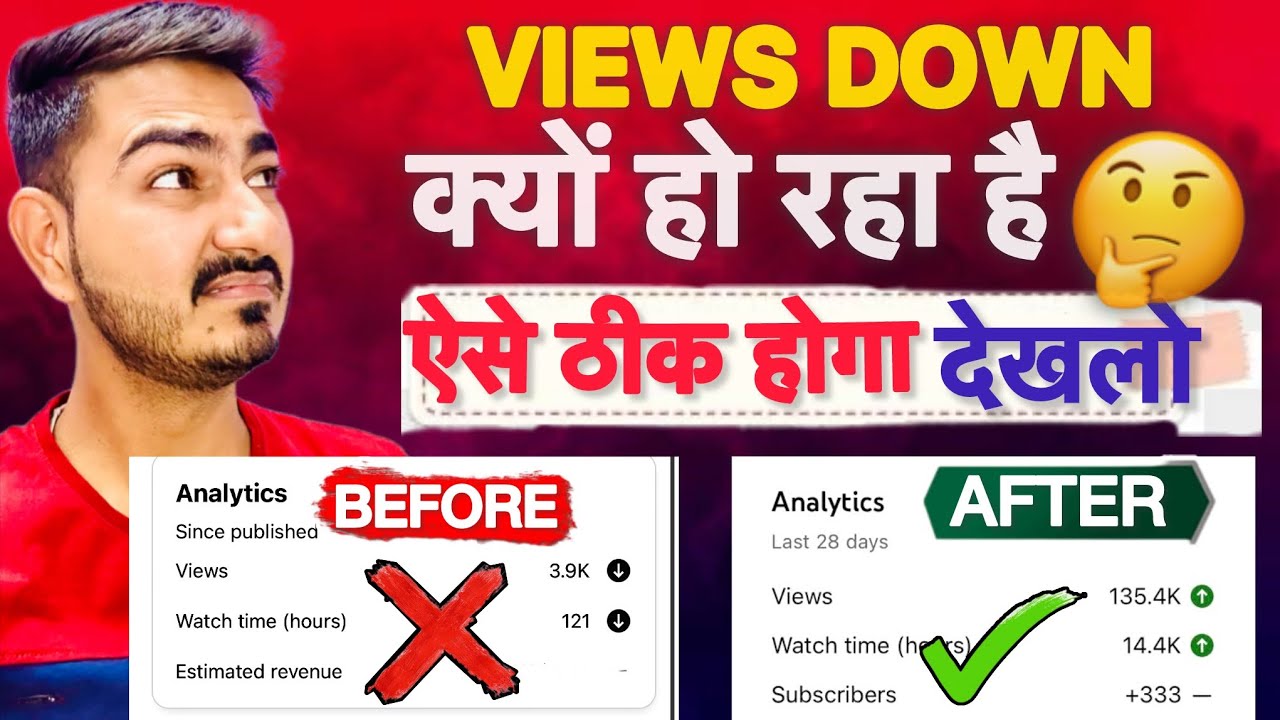
Alright, let’s cut to the chase. Since YouTube removed the public downvote count for videos, many creators have been left scratching their heads, trying to figure out how to gauge viewer feedback. But don’t panic! There are still ways to explore downvotes and understand audience sentiment.
Here’s the scoop on some updated methods you can explore:
- YouTube Studio Analytics: This is your go-to tool for all things channel-related. While you may not see the exact downvote numbers, you can analyze metrics such as engagement rate, click-through rate (CTR), and viewer retention. If you notice viewers aren't sticking around, it might be a hint that your content isn't hitting the mark.
- Engagement Rate Review: Pay attention to your overall engagement rate, which includes likes, comments, and yes, those pesky downvotes. If you see a lot of likes but also a high rate of negative feedback in comments, that’s a strong signal to dig deeper.
- Social Listening Tools: Some tools can help you gauge what people are saying about your videos across different platforms. Look up reviews or critiques on sites like Reddit or specific YouTube-focused forums. You might find valuable feedback that gives a clearer picture of how your content is perceived.
- Polls and Surveys: One of the best ways to get honest feedback is to ask for it! Utilize YouTube’s community tab to run polls or surveys, asking followers what they like or dislike about your videos. It provides direct insight from your audience and shows that you care about their opinion.
Keep in mind that the absence of visible downvote numbers doesn’t mean their impact has vanished. It's all about moving forward with smarter strategies. Use these methods, adjust accordingly, and ultimately, create content that resonates with your community—whatever the numbers might say!
Also Read This: How to Download Sound from YouTube Videos for Editing and Use
5. Using Third-Party Tools to Track Video Ratings
If you're serious about viewing downvotes on YouTube videos, you might want to explore the realm of *third-party tools. These tools can provide you with detailed insights about video ratings, including the often elusive downvote counts. While YouTube doesn’t display downvotes publicly anymore, these tools can aggregate data from various sources to give you a clearer picture.
Here are some popular third-party tools you might consider:
- Social Blade: Widely known in the YouTube community, Social Blade allows you to track statistics for specific channels and videos. It doesn’t show downvotes directly, but you can glean insights about overall engagement and trends over time.
- Vidooly: This tool offers a deeper dive into video analytics including engagement metrics. While it focuses more on audience behavior, it can help you understand how a video is performing based on likes and views.
- VidIQ: A robust tool for creators, VidIQ provides valuable metrics that can help you assess viewer engagement. By analyzing the comments and interactions, you may infer how viewers feel about a given video, even without explicit downvote numbers.
- Tubular Insights: This platform helps in analyzing video performance across various social media platforms. Though it doesn’t give direct downvote counts, it offers useful contextual information about where a video stands in terms of audience reception.
When considering these tools, remember that their main function is to provide analytics and insights. They may not always have access to the specific downvote count but can provide context through other available metrics.
So, while you may not see the exact number of downvotes a video has, these tools will help you understand overall audience engagement and sentiment through indirect indicators. You might be pleasantly surprised by the insights you can gather!
Also Read This: Can I Merge 2 Videos on YouTube? How to Combine Videos for Seamless Viewing
6. Analyzing Video Engagement Metrics
To truly understand how viewers are responding to a YouTube video, taking a closer look at video engagement metrics* is essential. These metrics can provide you with significant context and highlight viewer sentiment, even if the specific downvote counts are hidden. Here’s how you can analyze these metrics effectively:
Here’s what to focus on:
- Like-to-Dislike Ratio: Although YouTube has hidden the dislike count, you can still see the like count. By analyzing the ratio of likes to total views, you can infer how many viewers felt positively about the video. A high ratio usually indicates good reception.
- Comment Sentiment Analysis: Dive into the comments section! This is often where viewers express their true feelings. Tools like Sentiment Analysis Software can help you identify whether comments are positive, negative, or neutral.
- View Duration: Analyzing how long viewers are watching the video can show engagement levels. If viewers are dropping off early, it might be a sign that they’re not enjoying the content. You can find these insights directly in YouTube Analytics.
- Audience Retention: This metric shows how well the video keeps viewers’ attention. If there's a significant drop-off at a specific time, it might indicate a point in the video that didn't resonate well, which could be akin to viewers expressing dissatisfaction.
- Shares and Reactions: The number of shares can indicate how much viewers value the content. If a video is being shared more than others, it could mean that it resonates well with audiences.
Understanding these metrics helps paint a complete picture of viewer engagement. They provide valuable insights that can guide future content creation and engagement strategies. Thus, while you may not get to see the downvotes explicitly, making sense of these engagement metrics can still help you gauge how a video is truly being received by its audience.
Also Read This: Steps to Retrieve Your YouTube Account Without Hassle
7. Tips for Interpreting Downvote Data
Now that you know how to view downvote data on YouTube videos, it's essential to understand what those numbers really mean. Downvotes can be an interesting gauge of viewer sentiment, but they aren't always straightforward. Here are some tips to help you interpret the data more effectively:
- Consider the Context: A high number of downvotes might seem alarming at first, but it's important to consider the video's context. Was it a controversial topic? Did the video challenge common opinions? Understanding the background can help you grasp why viewers reacted the way they did.
- Check the View-to-Downvote Ratio: This ratio can be quite revealing. A video with thousands of views and only a handful of downvotes might indicate that the content is generally well-received, whereas high downvotes relative to views could suggest widespread dissatisfaction.
- Analyze Comments: The comments section can offer invaluable insights. If many viewers downvote a video, they might also express their reasons in the comments. Engaging with viewer feedback can help you make informed adjustments to your future content.
- Look for Trends: Over time, you might notice patterns in downvotes across your videos. Are downvotes concentrated on specific topics or formats? Identifying these trends can help you tailor your content more effectively to your audience's preferences.
- Beware of Misinformation: Sometimes, a barrage of downvotes can stem from external factors like misinformation or community disputes. For instance, a popular creator might share a video that sparks outrage, leading to an influx of downvotes regardless of the video's actual merit.
- Balance with Upvotes: Always keep in mind that downvotes should be analyzed alongside upvotes. A video could have a lot of downvotes but an even higher amount of upvotes, indicating that while some viewers disliked it, many others found it valuable.
Interpreting downvote data requires a multi-faceted approach. It's not just about the numbers; it's about understanding the sentiment and feedback behind those votes. With these tips in your arsenal, you can glean valuable insights into your audience's preferences and feelings.
8. Conclusion and Final Thoughts
In conclusion, understanding how to view and interpret downvote data on YouTube can empower you as a content creator or viewer. Downvotes are often seen as negative feedback, but they can provide you with critical insights that help you improve your content. While it may be tempting to focus solely on the quantity of downvotes, it's essential to look at the bigger picture—context, viewer engagement, and the overall reception of your work.
Moreover, integrating viewer feedback into your creative process can enhance your content, align it more closely with audience expectations, and even foster more engagement. Remember that every creator experiences downvotes; they are a natural part of putting content out into the world. The key is to use this data constructively rather than let it discourage you.
As you continue on your journey in the vibrant YouTube community, always keep an open mind. Embrace both the upvotes and downvotes as opportunities to learn and grow. In the end, creating content that resonates with you and your audience is what truly matters. Happy creating!
 admin
admin





